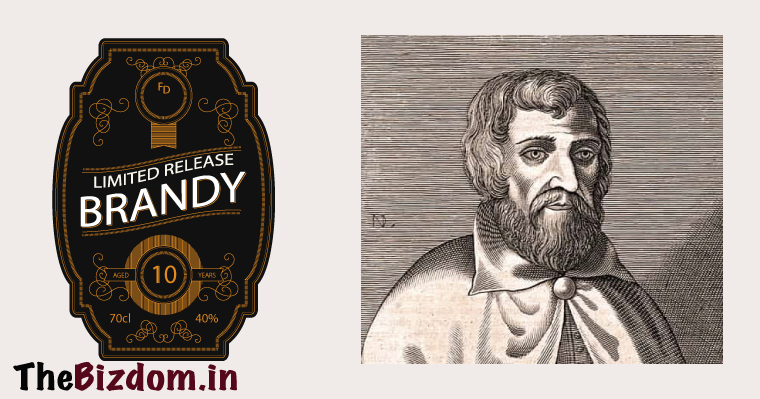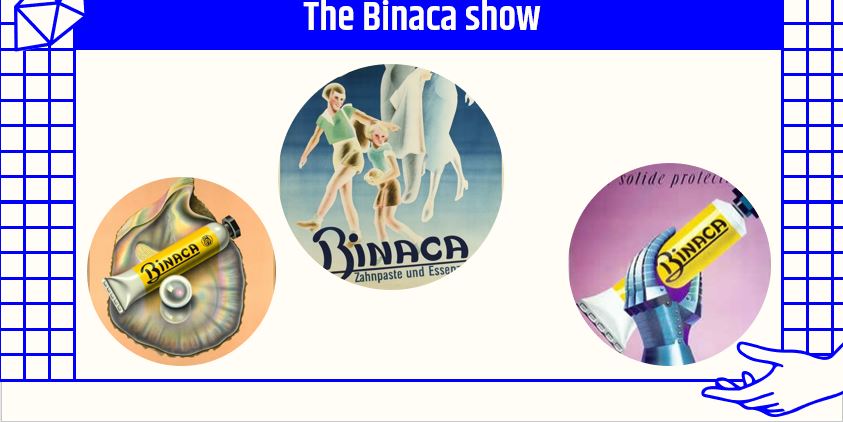1 min to read
The first brandy
History of brandy, brandy 'aqua vitae' or the water of life, Arnaldus de Villanova

The discovery of spirit distillation is closely associated with the making of brandy. Distilling, in a more organised fashion, may have started in Europe around the 12th century. Brandy is a spirit distilled from wine. The name comes from the Dutch brandewijn, meaning burnt wine. Brandy generally contains 35-60% alcohol by volume (70-120 US proof).
Arnaldus de Villanova
Arnaldus (1240-1311), was a professor of medicine at the University of Montpellier in France, is known to have prescribed and popularized the use of distilled spirits as a cure for different ailments.
By 1299, he was distilling grain and fruit-based spirits and according to some documents, even treated Pope Clement V with distilled grape wine—a formative brandy he created by following Arabic recipes. Often, Villanova and his assistant, is credited to having produced the first real brandy. He called his brandy ‘aqua vitae’, or the water of life.
Aqua vitae
Distilled alcohol was referred to as aqua vitae by 1350. Later, spirits such as brandy were also described as aqua vitae. Today, French name for brandy, is eau de vie, literally meaning “water of life”.
Different styles of spirit — derived from different sources — require different methods of aging. The longer the maturation period, the more refined and smooth the resulting spirit will be in taste and aroma.



